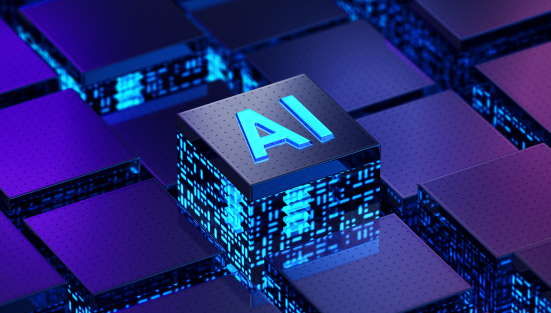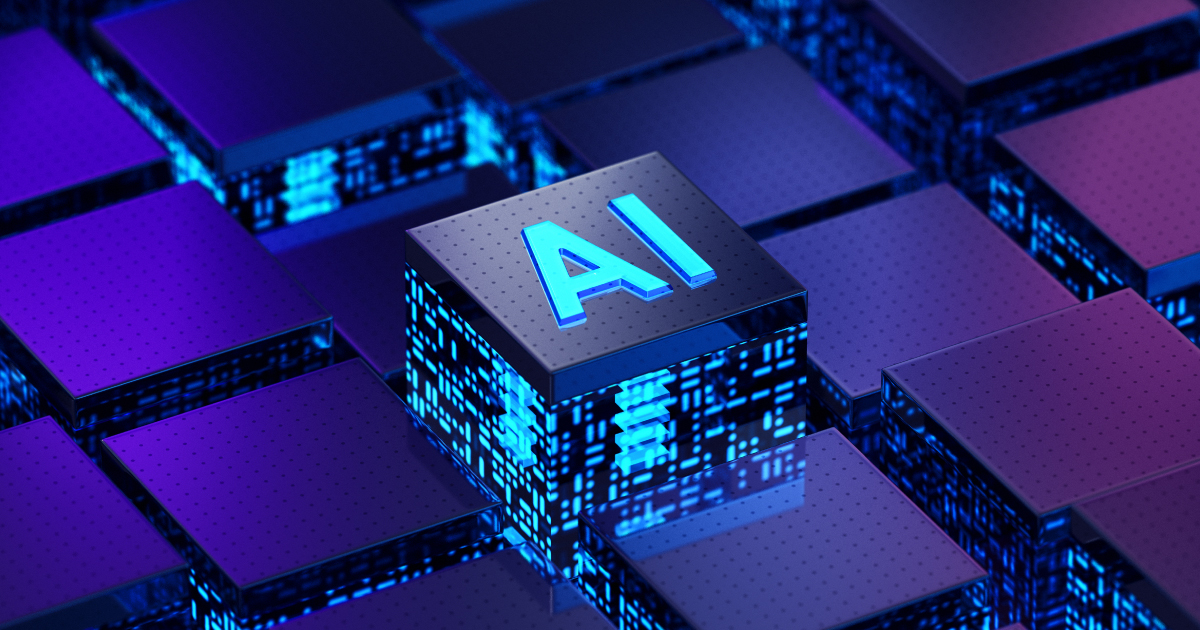How to Learn Artificial Intelligence? Get Started With AI
- Generative AI
In this blog, you will learn-
- What is Artificial Intelligence (AI)
- Pre-requisites to get started with AI
- Important Tools and Packages required for AI
- What AI Engineering does
- Things to remember
- How to build your portfolio
What is Artificial Intelligence (AI)?

Artificial intelligence is a revolution in technology in many ways. It is a collection of computer programs which can mimic the tasks associated with human intelligence. It is impacting the industry and society wherever there is a requirement for applications based on Computer Vision, Speech Analysis, and Natural Language processing. It makes computers “learn” from experience and perform tasks like humans, much more efficiently.
Prerequisites to get start with AI
You’ll need to understand the fundamentals of computers so that you can start programming using various open-source languages:
- Algorithms and concepts which use Linear Algebra, Differential Calculus (Chain Rule of Derivatives), Integration etc.
- Basic idea on Software and their elements like programming languages, computer graphics, compilers and operating systems (Linux and Windows).
Learn Probability and Statistics skills as they play an important role as prerequisites for Machine Learning and Artificial Intelligence. Basic requirement to start with AI includes Inferential Statistics, Probability Distribution functions, Hypothesis testing, Estimation of Population parameters etc. Machines learn and understand data based on Statistical Analysis. Statistical analysis helps in understanding what data looks like and what is the expected outcome.
You will also need to be familiar with some programming languages suitable for AI applications. Some of the useful include:
- Python - easy to learn and has widely available resources and community support (Tame the Python)
- R - helps handle larger Datasets (R Programming Fundamentals)
- SQL - used to manage databases (SQL for Data Science)
- Java - user-friendly and platform-independent
- Important Concepts (using python libraries) before deep dive into Deep Learning (Pre requisites for Neural Network)
- Types of Machine Learning Models
Important Tools required for AI
- Scikit-Learn
This library is developed on SciPy, which contains Numpy, Pandas, Matplotlib, IPython, Symp. It’s focused on modelling the data, rather than manipulating it.
- TensorFlow
Data is the major factor in the success of ML and AI; hence TensorFlow provides different data tools that help to consolidate, pre-process, and clean data at scale: Datasets for initial training and validation, Scalable data pipelines for loading data, Pre-processing layers for input transformations, helps to transform and validate datasets. Additionally, AI tools are responsible to help uncover and eliminate bias in the data to create fair outcomes from the models.
- PyTorch
It is an open-source Machine Learning framework which is used for deep learning research. It helps to develop and deploy the models accurately. It provides tensors that can be on CPU or GPU and improves the computation.
- Keras
It is an Open-source library that provides python interface for Artificial Neural Network. It supports backend which includes TensorFlow, Microsoft cognitive toolkit, Theano and PlaidML.
- OpenCV
It is a library of programming functions mainly aimed at real-time computer vision.
- NLTK
It is best suited for symbolic and statistical Natural Language Processing (NLP) for English using the Python programming language. It also contains sample data that can be demonstrated graphically.
What does AI Engineering do?
AI Engineers work on AI applications that aid in better decision making, improving performance, and increasing efficiency. It is a complex job that requires the capability to understand the data for best practice in applications like Image processing, Object Detection, Data Mining and Speech recognition.
Please follow the below steps to get started with Artificial Intelligence:
- Select a topic in which you are interested, that motivates you to learn and encourages you to deep dive into the topic.
- Find a basic solution that meets your objective. Use a proper methodology to processes the data. Create a model that gives you desired results. Then evaluate the performance of the model.
- Improve the basic solution by improving pre-processing the data and cleaning it and by tuning the hyperparameters.
- Share the model using Version Control System to get feedback and advice from domain experts.
Things to Remember:
- When you are working with Image Data then use Convolution Neural Network by understanding convolution operations like Convolution, Padding, Strides, Max pooling and Filters or Kernels for Convolution Layers
- Also consider the models dealing with image for Object detection, Image segmentation, Image classification like MaskRCNN, FastRCNN, YOLO Models
- If you are working using text Data for translation, recognition, prediction then you can use Recurrent Neural Network (LSTM or GRU) models. Also please understand the applications that deal with text data in deep learning
- To add on to the above concepts, please go through the hugging face transformers that help in dealing with text data for various applications.
- BERT Models which are used in various applications to transform your text data with other types of data for making predictions

Build your portfolio with some basic projects using ANN, CNN, RNN
- Highlight your key skills in AI
- Proper documentation with all experimental results and analysis
- Share your best work to get advice from various communities and experts
To learn more about the core concepts of Artificial Intelligence, register on FutureSkills Prime, the technology skilling hub of India and access AI courses aligned to industry standards and validated by the Government of India.
Written by Hemanth Y K, 360DigiTMG


